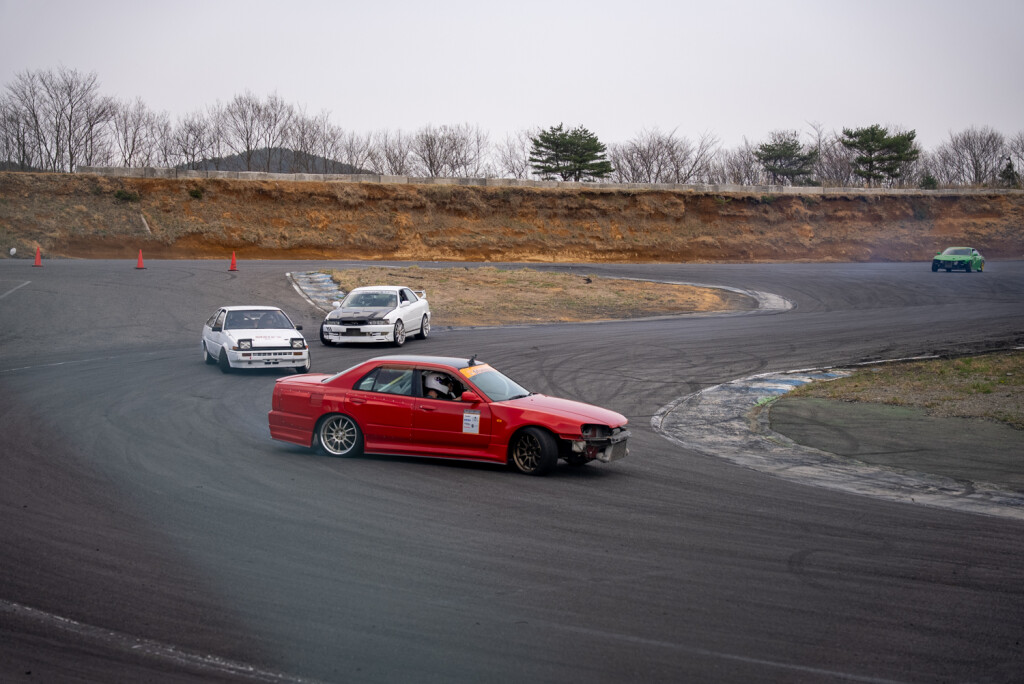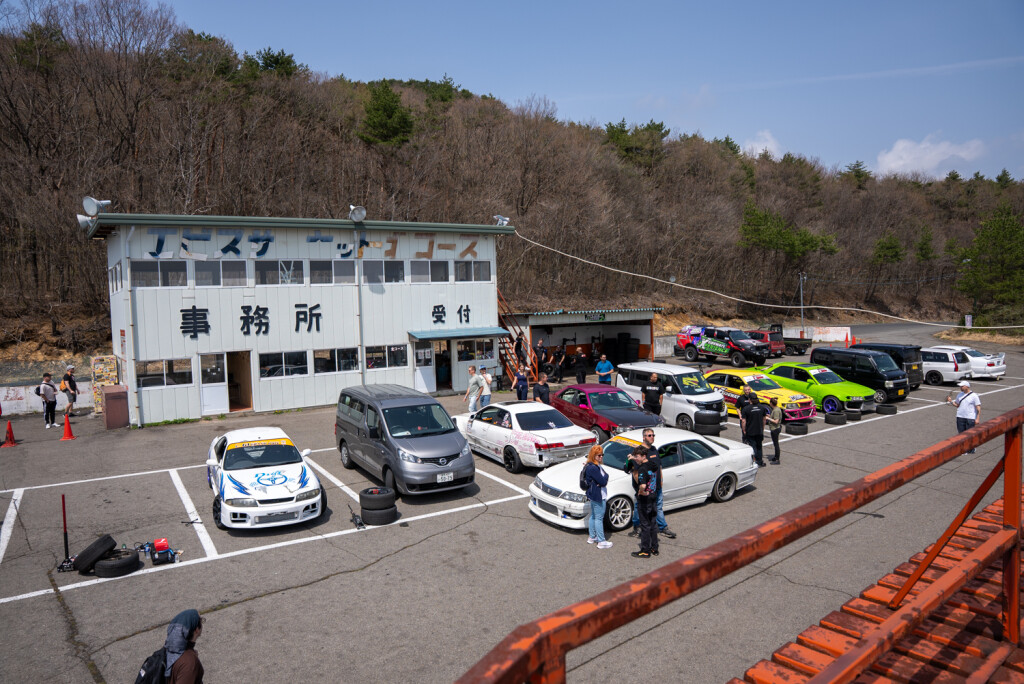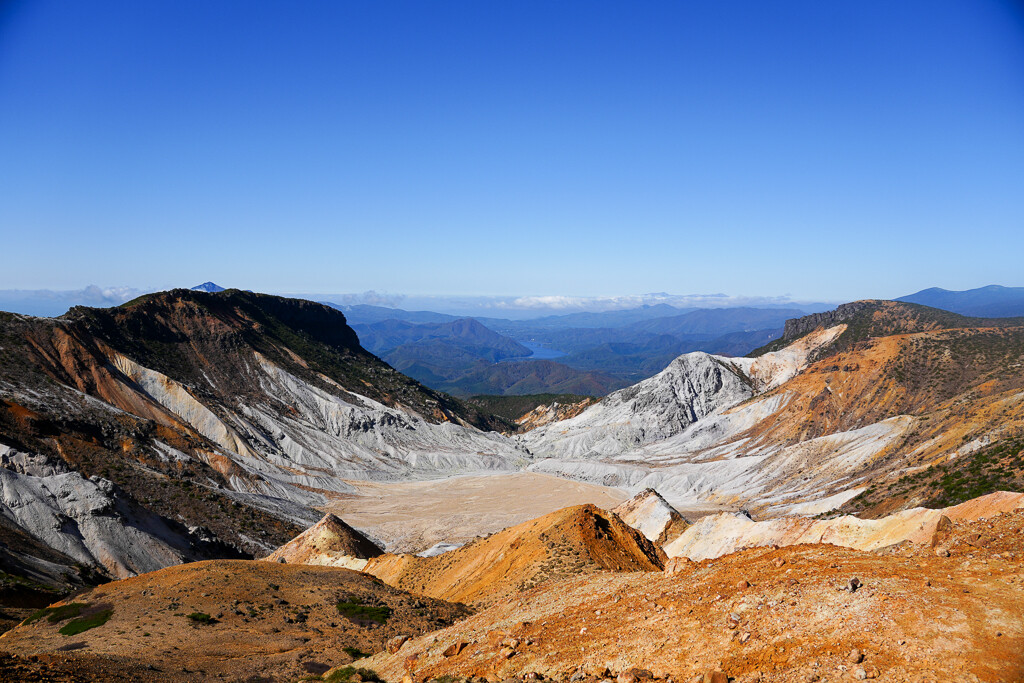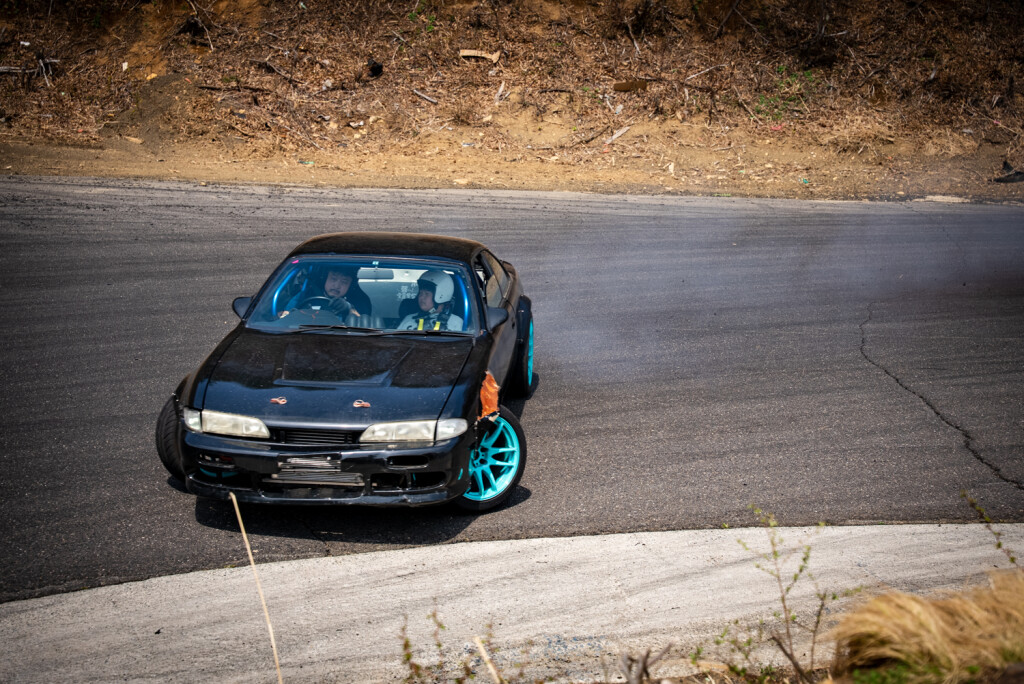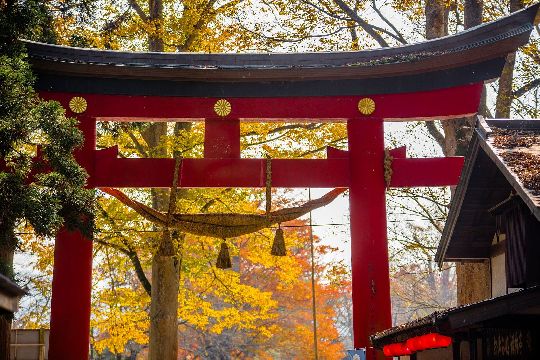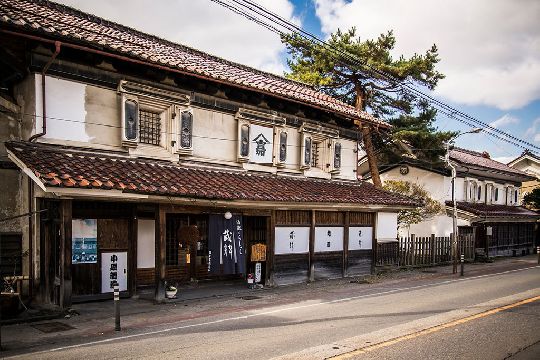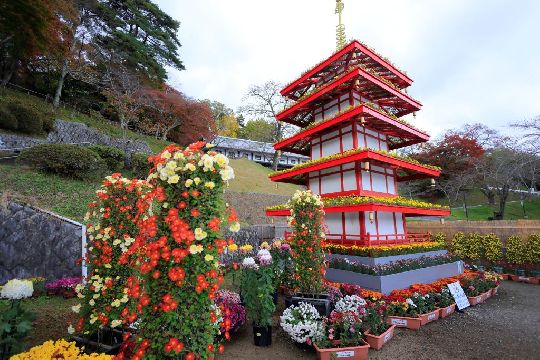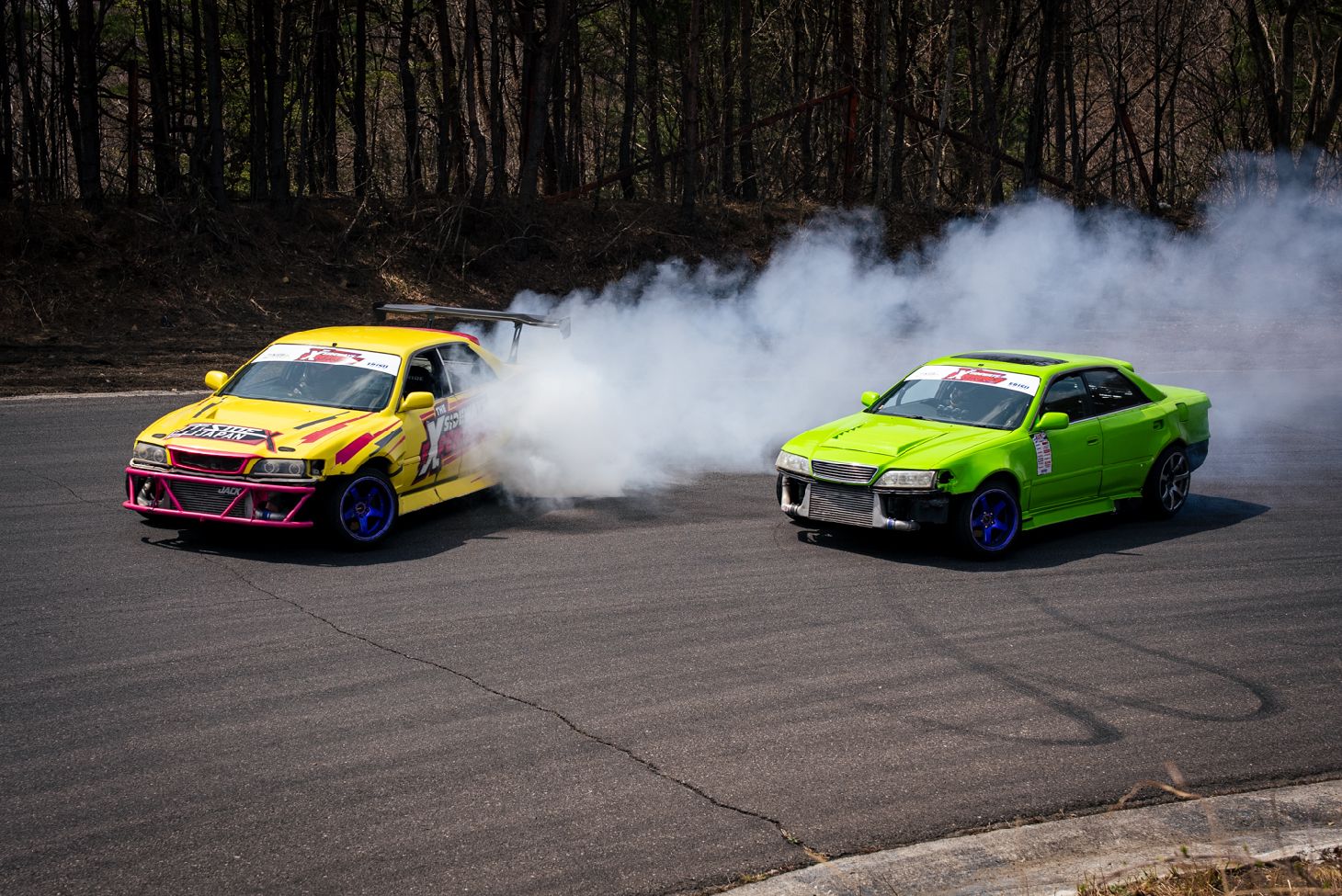
Ebisu Drift Festival, also known as the Ebisu Drift Matsuri, is a two-day extravaganza of drifting that takes place three times a year - spring, summer and autumn - at the world-famous Ebisu Circuit in Nihonmatsu, Fukushima. It's open for anyone to join, either as a driver, passenger or a spectator.
In addition to drifting seven courses freely over the course of two days, this is your chance to join a dedicated community, from amateurs to pros, who turn up in huge numbers every year to experience drifting in the heartland of northern Japan.
Looking to visit the circuit and experience the festival yourself? Here's everything you need to know:
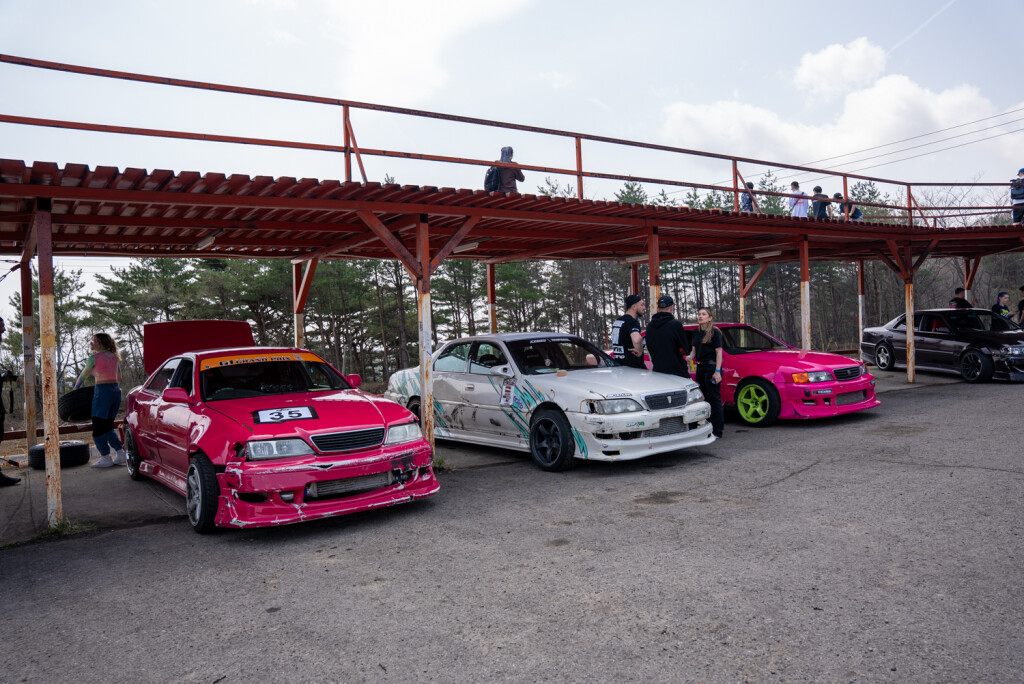
What is the Ebisu Drift Matsuri?
Located halfway between charming Nihonmatsu City and the dominating Mt. Adatara to the west, the Ebisu Circuit runs racing events throughout the year. But none is more popular than the Drift Matsuri, typically held in April, August and November.
For reference, here are the Ebisu Drift Matsuri dates for 2025:
- Spring: April 19th & 20th (Sat/Sun)
- Summer: August 23rd & 24th (Sat/Sun)
- Autumn: November 15th & 16th (Sat/Sun)
The G1GP, a drifting competition held exclusively for overseas visitors, is held on the Friday night preceding the weekend.
Access
While driving up from Tokyo is possible, it's a long journey - upwards of three and a half hours - that mostly sticks to highways and can be costly for toll roads.
Many visitors choose to take the shinkansen (bullet train) as far as Koriyama Station - taking about 75 minutes from Tokyo Station - then rent a car there to drive to the circuit. Popular rental services include:
These all have stores at Koriyama Station and can be reserved online in English.
(Overseas visitors using rental cars must have a valid license to drive in Japan, such as an International Driver's Permit acquired in your home country.)
Taking a local train as far as Nihonmatsu Station, then a taxi to the circuit, is also a potential option. Be aware that the circuit is quite spread out, and although it's possible to walk from course to course, the elevation can be extremely steep in places. Using a car is recommended, and especially one with enough power to get up steep slopes.
Tickets
For the 2025 spring edition, I arrived shortly after gates opened at 8.00am and there was already a queue forming outside the complex. (Volunteer staff were on hand to direct traffic.) Shortly after I arrived, a second lane was opened, and after that the line moved quickly into the circuit.
As a non-driver, I paid 3,000 yen - this was 2,500 yen for a spectator ticket, plus 500 yen to cover insurance for possible ridealongs. Full-face helmets are required for all drivers and passengers and can be rented at the course. I received a green spectator wristband, which the staff ask you to keep on for the duration of the weekend. (Children's tickets are 1,200 yen.)
Tickets to enter the festival as a driver are 20,000 yen online in advance (see the Ebisu Drift Circuit website in Japanese for more information) or 25,000 yen at the gate. Drivers receive a red wristband, without which you are unable to enter the track, plus a large seal which must be affixed somewhere visible on the car such as a rear window.
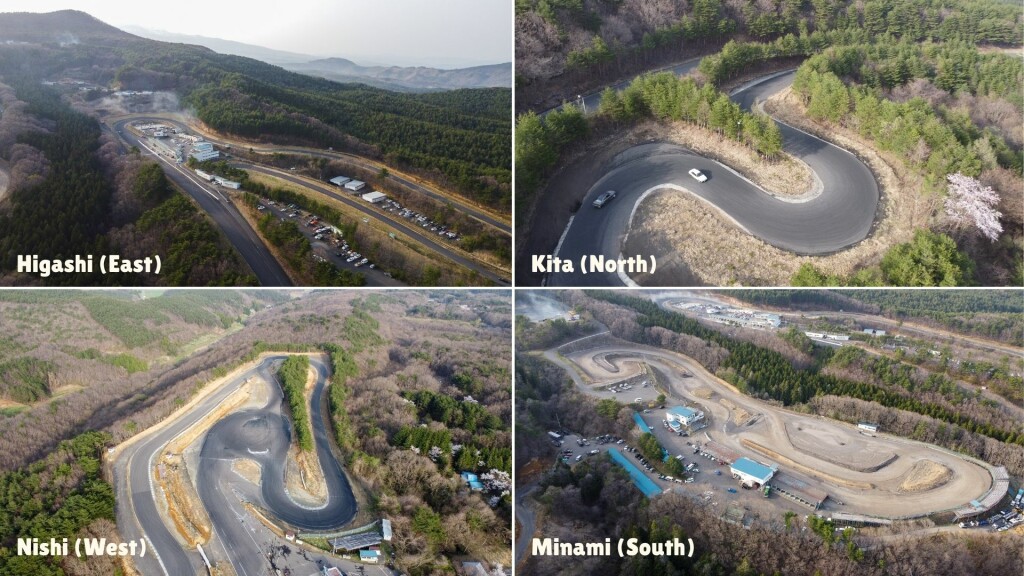
How many courses are there?
The Ebisu circuit is a massive complex with several excellent tracks. Times are accurate as of the 2025 spring festival.
Kita (North): One of the most popular circuits throughout the weekend and one of the best for getting up close to the action. Cars roaring down the back stretch whizz past mere inches from the watching spectators. This course is open from 9am until midnight on the Saturday night, making it a popular spot to watch those brave enough to drift in near darkness. 07:00 - 16:00 Sunday.
Car parking at North course has priority given to drivers - spectators should find space on the road or in the lots on the slope.
Nishi (West): Traditionally a track for grip racing, Nishi also features a famous short course that sees long drift trains in the final hour of Sunday (approx. from 3pm). 09:00 - 16:00 both days.
Higashi (East): A long grip racing track that is only available for drifting during the festival. Also features the main circuit office. 09:00 - 22:00 Saturday, 09:00 - 16:00 Sunday.
Minami (South): Formerly a famous drift track, the south course is now a 'slide park'. 09:00 - 16:00 both days.
Touge: This mountainous course is notorious for its tight bends, narrow track and elevation changes. This is less traversed during the festival and known as less beginner-friendly. 09:00 - 16:00 Saturday, 07:00 - 16:00 Sunday.
School Course: A wide, open short course perfect for practising tandem technique or warming up.
'Kuru Kuru Land': Two skid pads located on the road to Nishi course where drivers often go to practise donuts.
Things to Do While You're in Town
Nihonmatsu is a beautiful area famous for its lush nature and traditional Japanese architecture. Here are some ideas for side trips:
- Hike the gorgeous Mt. Adatara and see the incredible view from the summit. Especially striking in November during autumn colour season.
- Attempt the Extreme Onsen challenge, climbing an active volcano to soak in a real hot spring river
- Visit Kasumigajo Castle Park, an excellent spot in cherry blossom season (usually blooming around spring festival dates) or in autumn. Mid-October to mid-November there is a famous flower festival where mannequins are layered with chrysanthemums.
- Sample sake for free at Himonoya brewery
- Make traditional washi paper at a real craftsman's workshop (great for families!)
- Take in the ethereal atmosphere at Ryusenji Temple
- Head to Dake Onsen, a hot spring town known for its tunnel of cherry blossoms and onsen options
Other Tips and Tricks
Here are some other pieces of advice I picked up during my trip:
- Everyone is extremely friendly and happy to chat! Where possible, I tried to ask for permission before taking photos or videos of cars, though this is probably not necessary.
- Cars for the festival can be rented at the Sideways Experience, a drift school based at North Course. Equally you can buy from Power Vehicles, a trusted dealer and mechanic based on the road towards Touge and Higashi courses, who will offer support and repairs with any issues.
- The circuit is famous for its lack of hard rules, but there are a couple: no drinking and driving, and drivers should obey yellow and red flags from the circuit staff.
- Your wristband is valid for the whole weekend and re-entry is possible.
- The circuit is connected to a local zoo, so the track restaurant is safari-themed and serves common Japanese fare like curries and noodle dishes.
- There's a gas station on site, or across the road from the front gate.
